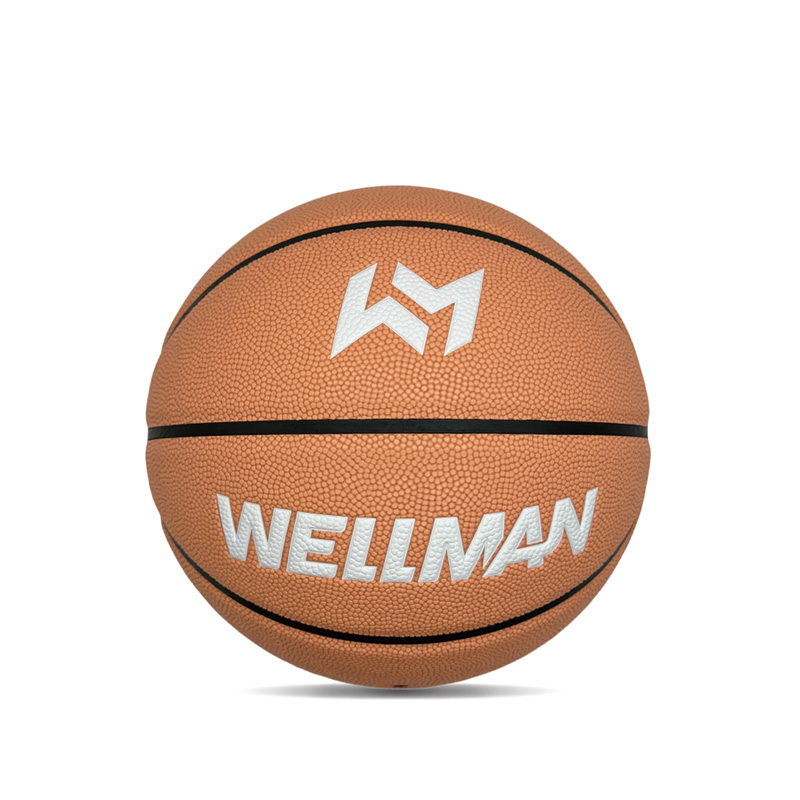Introduction to Leather Basketballs
Leather basketball have been the preferred choice for professional players and serious enthusiasts for decades. Unlike synthetic alternatives, genuine leather basketballs offer unique playing characteristics that many players swear by. This guide will explore everything you need to know about leather basketballs, from their construction to proper maintenance.
Why Choose a Leather Basketball?
Leather basketballs provide several advantages that make them stand out from other materials:
- Superior grip that improves with use
- Better control and handling
- Professional-level performance
- Durability when properly maintained
- Improved touch and feel
Leather Basketball vs. Composite: Key Differences
| Feature | Leather Basketball | Composite Basketball |
| Material | Genuine leather (usually full-grain) | Synthetic materials |
| Grip | Improves with use as leather breaks in | Consistent from first use |
| Durability | Long-lasting with proper care | Generally durable without special care |
| Price | Typically more expensive | Usually more affordable |
| Indoor/Outdoor Use | Primarily for indoor use | Often suitable for both |
How Leather Basketballs Are Made
The manufacturing process of leather basketballs involves several precise steps:
- Selection of high-quality leather hides
- Cutting the leather into panels
- Stamping or embossing the surface texture
- Attaching the panels to the bladder
- Stitching the panels together
- Quality control and testing

Proper Care and Maintenance
To extend the life of your leather basketball, follow these care tips:
Cleaning Your Leather Basketball
| Step | Instructions | Frequency |
| 1. Surface Cleaning | Use a soft, damp cloth to wipe away dirt and dust | After each use |
| 2. Deep Cleaning | Use mild leather cleaner with a soft brush for stubborn dirt | Monthly or as needed |
| 3. Drying | Air dry at room temperature, away from direct heat | After cleaning |
Conditioning the Leather
Regular conditioning keeps the leather supple and prevents cracking:
- Use a high-quality leather conditioner
- Apply sparingly with a soft cloth
- Allow to absorb completely before use
- Condition every 2-3 months or when leather feels dry
Breaking In a New Leather Basketball
A new leather basketball requires proper breaking in for optimal performance:
- Start with short practice sessions to gradually wear in the surface
- Use the ball in controlled indoor environments initially
- Rotate the ball to ensure even wear
- Avoid over-inflation during the break-in period
- Expect about 5-10 hours of play time for proper break-in
Common Issues with Leather Basketballs
| Problem | Cause | Solution |
| Slippery Surface | New leather or built-up dirt | Proper break-in and regular cleaning |
| Cracking | Dry leather or lack of conditioning | Regular conditioning and proper storage |
| Loss of Shape | Over-inflation or impact damage | Maintain proper pressure, replace if severely deformed |
| Stiffness | Lack of use or extreme temperatures | Regular use and proper storage conditions |
When to Replace Your Leather Basketball
Even with proper care, leather basketballs eventually need replacement. Signs it's time for a new ball include:
- Visible cracks that affect performance
- Significant loss of grip despite conditioning
- Noticeable shape deformation
- Loose or broken stitching
- Consistent air leakage
Conclusion
Leather basketballs offer unparalleled performance for serious players who appreciate the superior feel and control they provide. While they require more care and investment than synthetic alternatives, many players find the benefits well worth it. By following proper maintenance routines and understanding how to break in and care for your leather basketball, you can enjoy its premium performance for years.


 English
English русский
русский Español
Español Deutsch
Deutsch عربى
عربى 中文简体
中文简体

